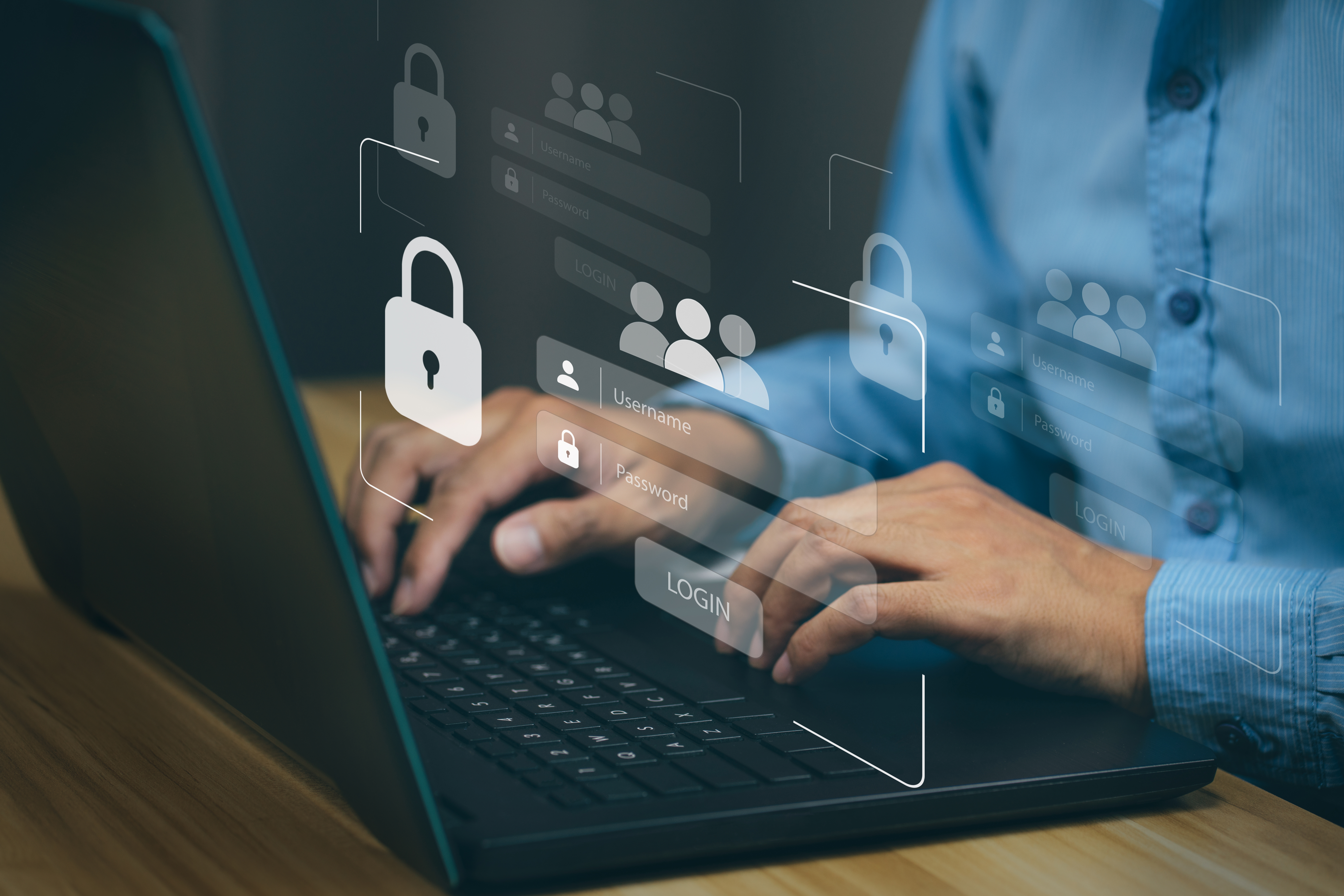There are countless reasons that organizations should implement multi-factor authentication into their security policies, but there is one reason that is often overlooked and could potentially present challenges for organizations if not addressed: reducing cybersecurity insurance premiums.
Cybersecurity insurance, also commonly referred to as cyber liability insurance, is relatively new but quickly becoming a vital form of insurance. It should not be surprising that cybersecurity insurance has started to become more popular, but also more strict in its requirements. Because of the increasingly complex nature of cybersecurity, data breaches, and the impact that they have on users, the industry and expectations are constantly evolving.
In fact, the FBI shows that since March of 2020, cyberattacks have increased by 300%, and the average business cost of a cyberattack continues to rise. According to IBM’s Cost of a Data Breach Report, the average cost of a data breach increased by roughly 10% in 2021, which was the largest single-year cost increase in the last seven years increasing the average cost to $4 million.
Cybersecurity insurance is intended to cover the fallout from a data breach, hack, or cyber-attack and includes coverage for costs associated with forensic investigations, cybersecurity consultants, losses due to theft of funds, ransomware payments, costs associated with reputational damages, and the subsequent legal fees which follow a breach.
How does the implementation of MFA reduce security premiums? When an organization implements MFA solutions into its security posture, they demonstrate due diligence to the insurance company that active measures have been taken to reduce their overall cyber threat risk. The problem that remains is that most MFA solutions still use usernames and passwords as the first factor, which still leaves vulnerabilities.
While adopting MFA may lead to reduced insurance premiums, it is important to remember that even with MFA, statistics show that the majority of breaches occur due to human error. Whether the cause is stolen or weak passwords, lost and stolen devices, or users reflexively approving MFA challenges, the human factor is the common denominator. This is why Twosense is dedicated to resolving the fundamental problem in identity security, which is making the user responsible for interacting with the security infrastructure to prove that they are in fact an authorized user. Not only does making the user bear that responsibility of authenticating themselves put the company at risk should they make a mistake, but the overall friction and inconvenience of being interrupted impacts employee happiness, turnover, and the quality of work being produced.
Twosense has created a solution that empowers organizations to do what was previously impossible: automate the challenge-response of MFA, allowing for increased security while preserving user experience and facilitating a more productive work environment. Developed in partnership with the US Department of Defense, Twosense uses machine learning to drive passive biometrics that can guarantee a user's identity continuously throughout the day.
For a full demo of our solution, or to learn how Twosense can help your company have better security and a better experience please Click Here.



